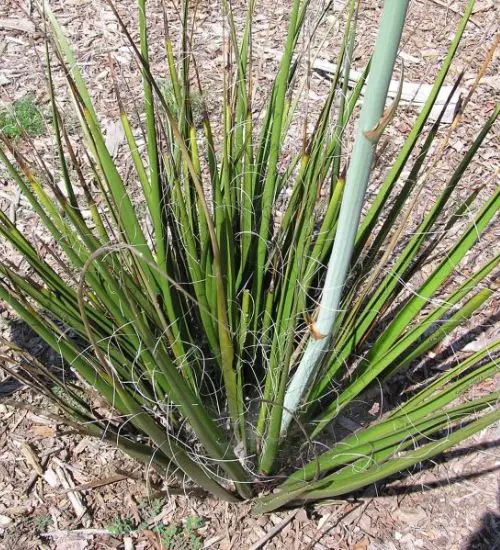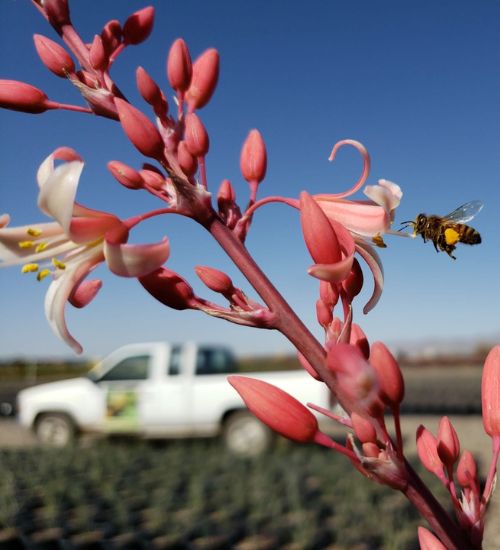Sun: full sun to partial shade
Water: Typical water needs for a succulent
Temperature: Zone 1a from -60° F to -55° F (-51.1 ° C to -48,3° C) to Zone 11b from 45° F to 50° F (7.2° C to 10° C)
Winter Survival: Cold hardy to 0°C
Propagation: seeds, division
Flower: in the summer
Flower Type: pink, pink - orange
Toxic: Unknown - Tell us
Dormant: Unknown - Tell us
Space Requirement: Indoors & Outdoors
Common Problems: No major pests
Basc Care for Hesperaloe campanulata
Watering
Watering for Hesperaloe campanulata is a simple task. It requires Typical water needs for a succulent.
You can water your succulent more than often in extreme conditions but make sure that the soil is completely dry before watering your succulent again.
Fertilizing
Only feed this succulent during its active growing seasons which means Unknown - Tell us. Use the right fertilizer applied in the right amounts. Applying half-strength balanced fertilizer every month or so is recommended for optimal results.
Do not fertilize during Unknown - Tell us as the plant is dormant.
Sun & Location Requirements for "Bell Flower Hesperaloe"
Hesperaloe campanulata does best when placed in an area that receives full sun to partial shade throughout the day. This variety of succulents can tolerate direct sunlight for short periods, but if the temperatures get too high or the light is too intense it may be beneficial to find a shadier spot.
As per this succulent profile, it is only able to stay healthy when the environment temperature is above the range of zone 1a from -60° F to -55° F (-51.1 ° C to -48,3° C).
Hesperaloe campanulata is an incredibly resilient species that can survive temperatures as low as 0°F. It has a thick, waxy cuticle that helps protect it from frost damage, and its leaves are able to retain moisture in even the most arid environments. Its deep root system further helps it survive even the coldest winter conditions.
Any succulents in the group will need a medium space to grow. You can place your pot at your table or window. Since this plant needs more space than mini succulents, you should consider do not plant them together with other succulents/plants.
Hesperaloe campanulata also benefits from some indirect light throughout the day as well, so make sure you give it enough space to soak up light without becoming too exposed to heat.
Propagation
Propagating Hesperaloe campanulata from seeds is a great way to produce new plants without relying on cuttings or divisions. It's important to look for healthy, dark and plump seeds that are slightly sticky when touched. The soil should be pre-mixed with well-draining potting mix, before evenly sowing the seeds and pressing them into the surface. To ensure successful germination, gentle misting of the soil should be done and placed in indirect light.
Toxicity

Pests and Diseases
Hesperaloe campanulata is not affected too much by common pests and diseases like most of the other succulents.


